Google John Mueller used an AI-generated image to illustrate his point about low-effort content that looks good but lacks true expertise. His comments pushed back against the idea that low-effort content is acceptable just because it has the appearance of competence.
One signal that tipped him off to low-quality articles was the use of dodgy AI-generated featured images. He didn’t suggest that AI-generated images are a direct signal of low quality. Instead, he described his own “you know it when you see it” perception.
Comparison With Actual Expertise
Mueller’s comment cited the content practices of actual experts.
He wrote:
“How common is it in non-SEO circles that “technical” / “expert” articles use AI-generated images? I totally love seeing them [*].
[*] Because I know I can ignore the article that they ignored while writing. And, why not should block them on social too.”
Low Effort Content
Mueller next called out low-effort work that results content that “looks good.”
He followed up with:
“I struggle with the “but our low-effort work actually looks good” comments. Realistically, cheap & fast will reign when it comes to mass content production, so none of this is going away anytime soon, probably never. “Low-effort, but good” is still low-effort.
Explore Martech News for the latest advancements in Marketing Technology & insightful updates from industry experts!
Source : https://www.searchenginejournal.com/google-on-low-effort-content-that-looks-good/541113/
In recent weeks, the ad tech sector’s leading lights have issued their financial results for the closing quarter of 2024 — traditionally, the big-money period of the financial year — and while almost all reported numbers that were up and to the right, the markets reacted negatively.
The year 2025 has been widely touted as a comeback year for mergers and acquisitions, and even some initial public offerings, in ad tech, although Wall Street’s reactions to the latest round of earnings calls from companies in the sector will likely prove a drag on valuations.
For example, revenues for the sector’s big two, i.e., AppLovin and The Trade Desk, issued double-digit annual revenue increases (44% and 26%, respectively), but the slings and arrows of the public markets resulted in precipitous price declines in recent weeks.
In the case of The Trade Desk, falling short of its earlier earnings guidance meant its market capitalization lost billions of dollars in value in the space of a day, and in recent weeks, with its plan to regain momentum likely to stimulate many talking points in the year ahead.
And in the case of AppLovin, the gravitational pull on its stock price came from different means. The company’s stock price reached an all-time high after it issued its latest quarterly earnings, with the company’s advertising division doing so well that it announced plans to sell its app development division for $900 million to focus on media, which boomed 73% in Q4.
Explore Martech News for the latest advancements in Marketing Technology & insightful updates from industry experts!
When your revenue plan fails, everything else follows. Teams chase conflicting goals, growth stalls despite increased investment, and market opportunities slip away to faster competitors. Sound familiar?
This is the Growth Guess Gap — where revenue plans rely on assumptions instead of real-time growth signal data, forcing revenue leaders to stay stuck in short-term survival mode.
Download our comprehensive white paper to:
- Identify the 6 critical signals of a failing revenue plan
- Spot emerging problems before they impact growth
- Transform reactive decisions into market opportunities
- Build a stronger, data-driven growth strategy
Get the White Paper → Avoiding the Growth Guess Gap

